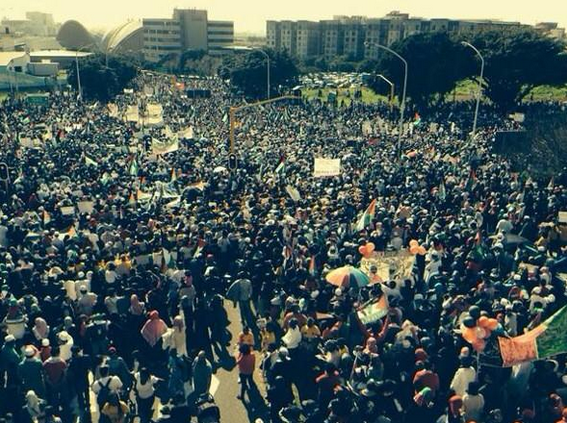Category: Photo Story
-
Palestinians dismantle illegal settler outpost
12th October 2014 | International Solidarity Movement, Khalil team | Susiya, Occupied Palestine Today Palestinians and international activists participated in a Palestinian village community action which involved reaching an area of their land which has been declared a closed military zone. The action also consisted of dismantling a new illegal settlement outpost built by settlers. Over…
-
Photos: Protests for Gaza Day of Rage around the world
9th August 2014 | International Solidarity Movement| Occupied Palestine All over the world, from Cape Town to London, people have taken the streets for Gaza!
-
Photo story: Prisoner solidarity protest in village of Bil’in
13th June 2014 | International Solidarity Movement, Ramallah team | Bil’in, Occupied Palestine Today, Bil’in held its weekly protest in solidarity with the Palestinian prisoners on hunger strike. As part of the protest, and in support of the current situation in Brazil, due to the football world cup, some of the protesters dressed as prisoners and…



